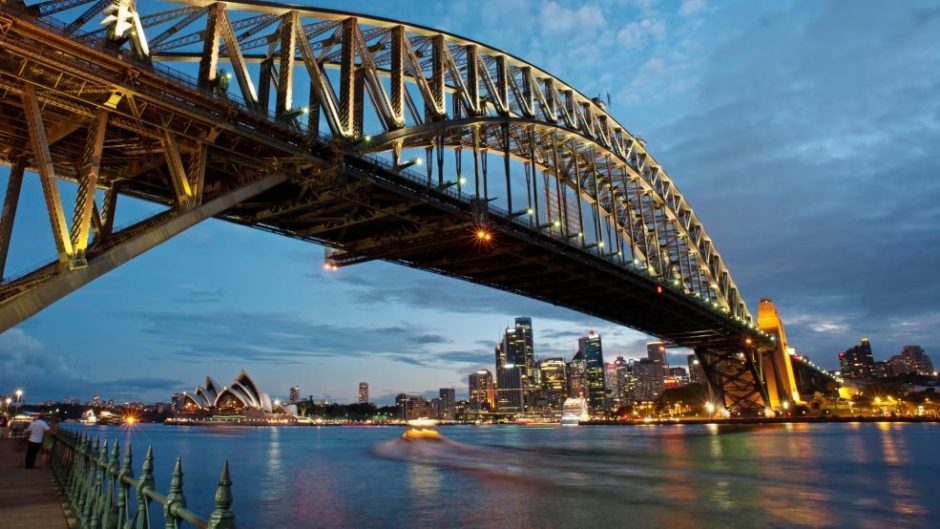Australia, with endless beautiful coastlines and harbours, is the perfect setting for landscape photography. With such a beautiful landscape, it is a photographer’s dream, with the setting sun over the Australian coastline offering up the opportunity to create some of the most beautiful photos ever taken.
How do you capture that experience in photography? Most individuals don’t. Instead, they show their pictures with an apology – “I wish you were there”. Some people though, always manage to come home with photos so good you can imagine them photo printed on canvas and hung in galleries or in pride of place in their home. So how do you make sure you come home with a killer shot?
The Magic Hour
Beautiful landscape photos are usually defined by the quality of light they were taken in. As a result, photographers tend to shoot very early in the morning or during late afternoons when the sun is lower, less contrasty and usually displays a subtle colour palette of moody hues. For this reason, the hours before dusk and after dawn are known as the “magic hours”. If rising at dawn doesn’t fit well with your idea of a relaxing trip, don’t worry, there are plenty of great landscape opportunities throughout the day.

Photo credit: AustralianExplorer – It’s hard to take a bad photo of an Australian sunset over the outback
Think Foregrounds
One component that can set apart your landscape photos is to think carefully about the foreground of your pictures and by placing points of interest in them. When you do this you give those viewing the photos a way into the image as well as creating s sense of depth in your photos.

Photo credit: TheCanvasFactory – The harbour and the ferry in the foreground of this shot give the whole frame a real depth. The Opera house in the background is just the icing on the cake.
Consider the Sky
The sky is also a vital element to consider in your photograph. Most landscapes will either have a dominant sky or foreground, unless you have one or the other your photos can end up being fairly boring.
In the event that you have a boring sky, do not let dominate your photos and place the horizon in the upper third of your photo (however you will need to make sure that your foreground is amazing). On the other hand, if the sky is filled with interesting cloud formations and colours, let it shine by placing the horizon lower.
Straight horizons are a must in landscape pictures, unless you want to create certain impressions. Straight horizon adds uniformity and tranquillity to the shots, while a tilted horizon puts viewers off balance. A canted horizon can be very troubling and this technique can be used for intentionally creating this effect.
Composition
Composition is vital to successful landscape shots, and if you don’t know where to start, use “rule of thirds” to get things going. Try to include some rocks, where water is flowing, a puddle reflecting the sunset sky, or even an old tree stump and its weathered texture. Use what is available and let it provide some balance to the background elements.

Photo credit: Queensland.com – The interesting composition of this shot from the Barrier Reef is what really makes the each individual piece stand out.
The Rule of Thirds
To use this rule, imagine 4 lines, 2 lying flat across the image and 2 vertical creating 9 even squares. Some pictures will look wonderful with the focal point in the centre square, but placing the subject off centre will create extra interest as it creates an attractive layout. When an image is taken using this rule the eyes will wander the frame. A photography composed by this rule is more interesting and attractive to the eye.
Polarising Filters
While polarising filters are most commonly used to cut through reflections on water or darken blue skies, they also add an exceptional richness of colours. The idea to using polarising is the understanding that they are flexible. Sometimes a photograph may need a lot of polarisation; other times a little will do, so think about its application.
Take People into Account
Landscape photography is not just about nature; people can also be a vital part of landscape photography. A gorgeous landscape images can also be perfected by a lovely girl or a cute baby jumping or running through the flowers. Place the individual in an off centre position to create interest. Select slower shutter speed if you wish to capture movement or a fast shutter speed if you want to freeze the action.
